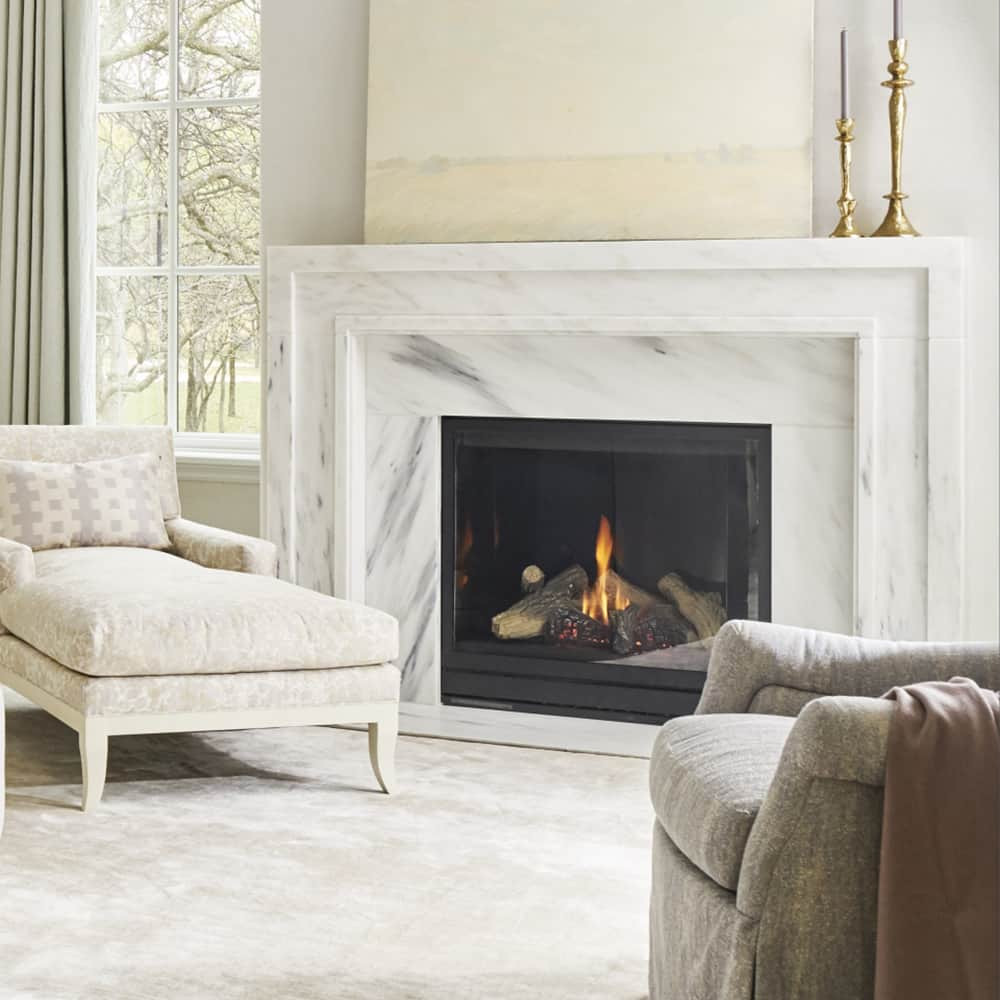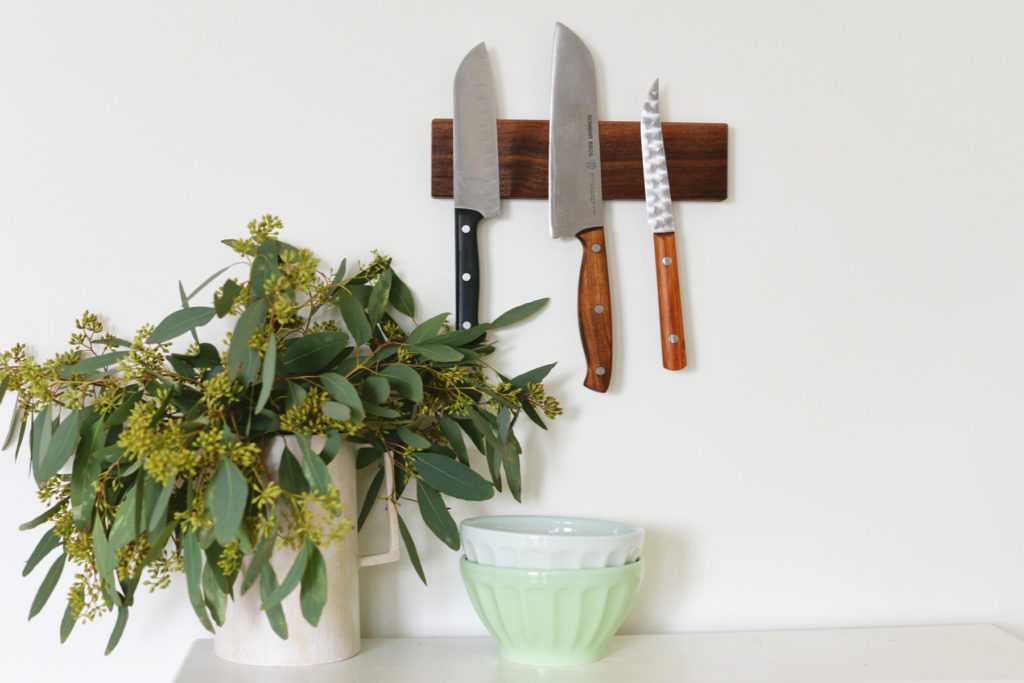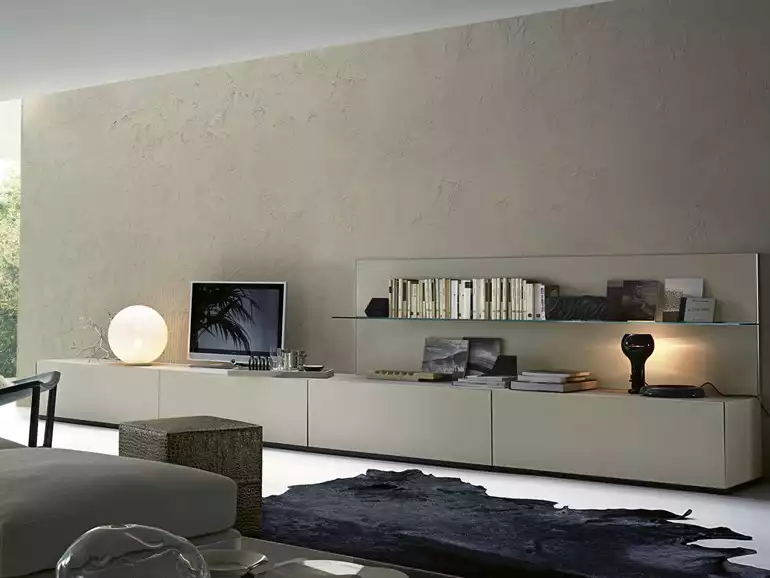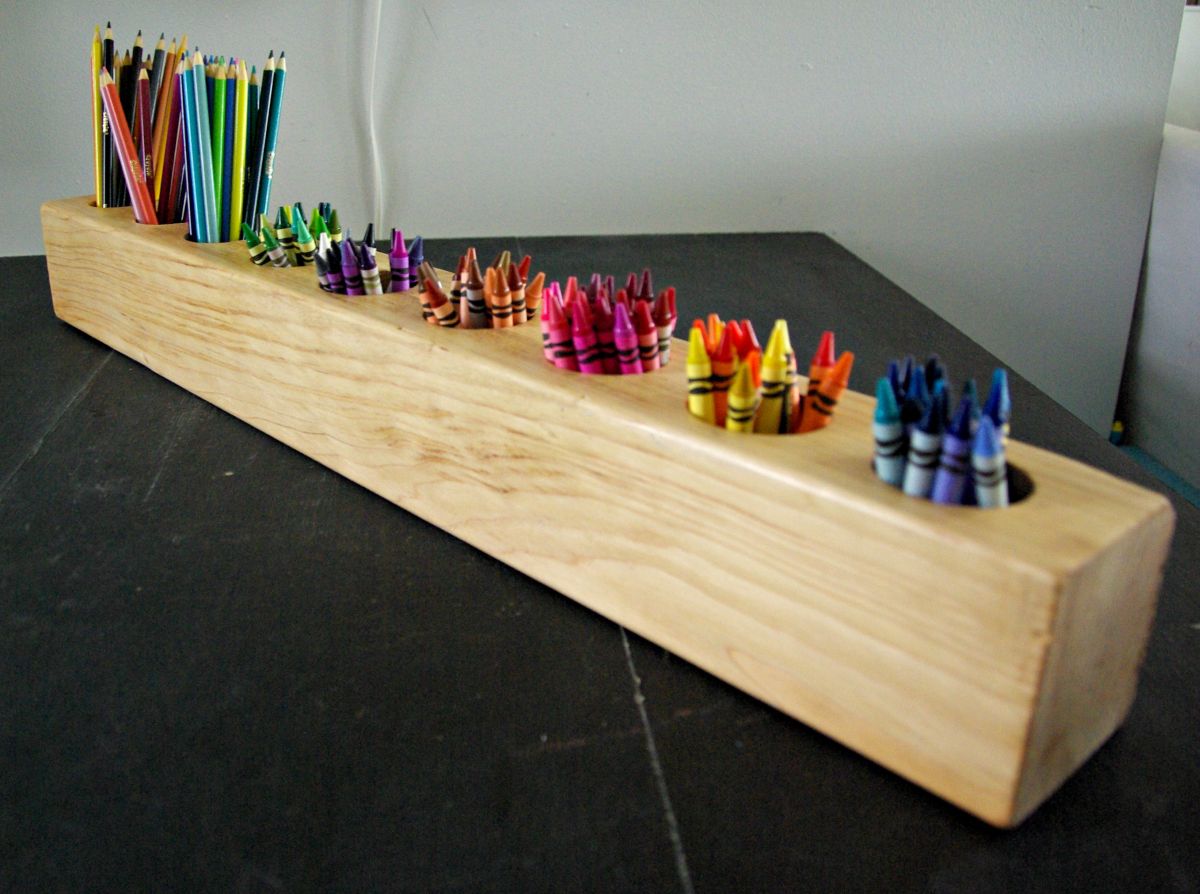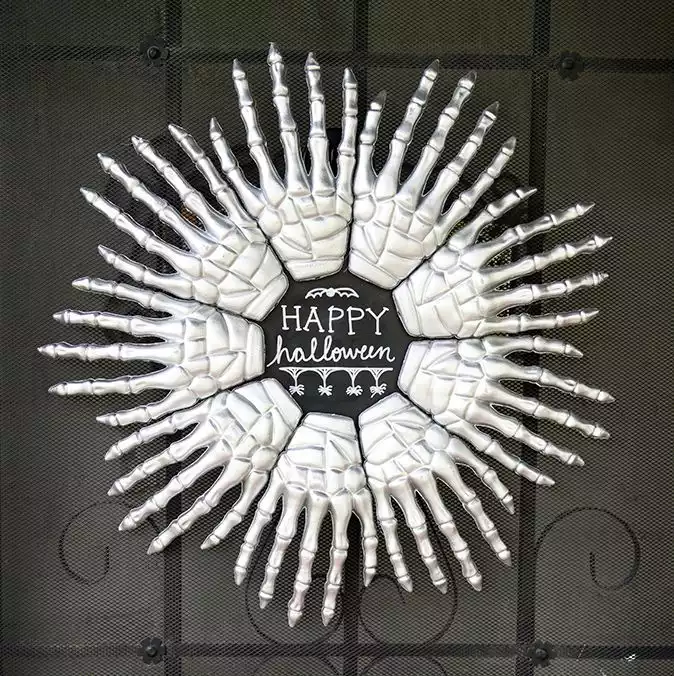Maximizing limited spaces through the creative use of design and decor requires thoughtful planning and innovation. By focusing on both the functionality and aesthetics of a given space, you can transform any area into one that is both stylish and practical.
तपाईंको जीवनशैली र व्यक्तित्वको लागि काम गर्ने एउटा खोज्न यी दुवै लक्ष्यहरूलाई सन्तुलनमा राख्ने मुख्य कुरा हो। बाकस बाहिर सोचेर र आफ्नो स्रोतहरूको उत्तम प्रयोग गरेर सानो आकारको बावजुद खुला र प्रशस्त महसुस गर्ने क्षेत्र सिर्जना गर्न सम्भव छ।
Decorating small spaces requires you to ensure that every area of the room serves a purpose because there is no room for unused space.
आफ्नो ठाउँको मूल्याङ्कन गरेर सुरु गर्नुहोस्
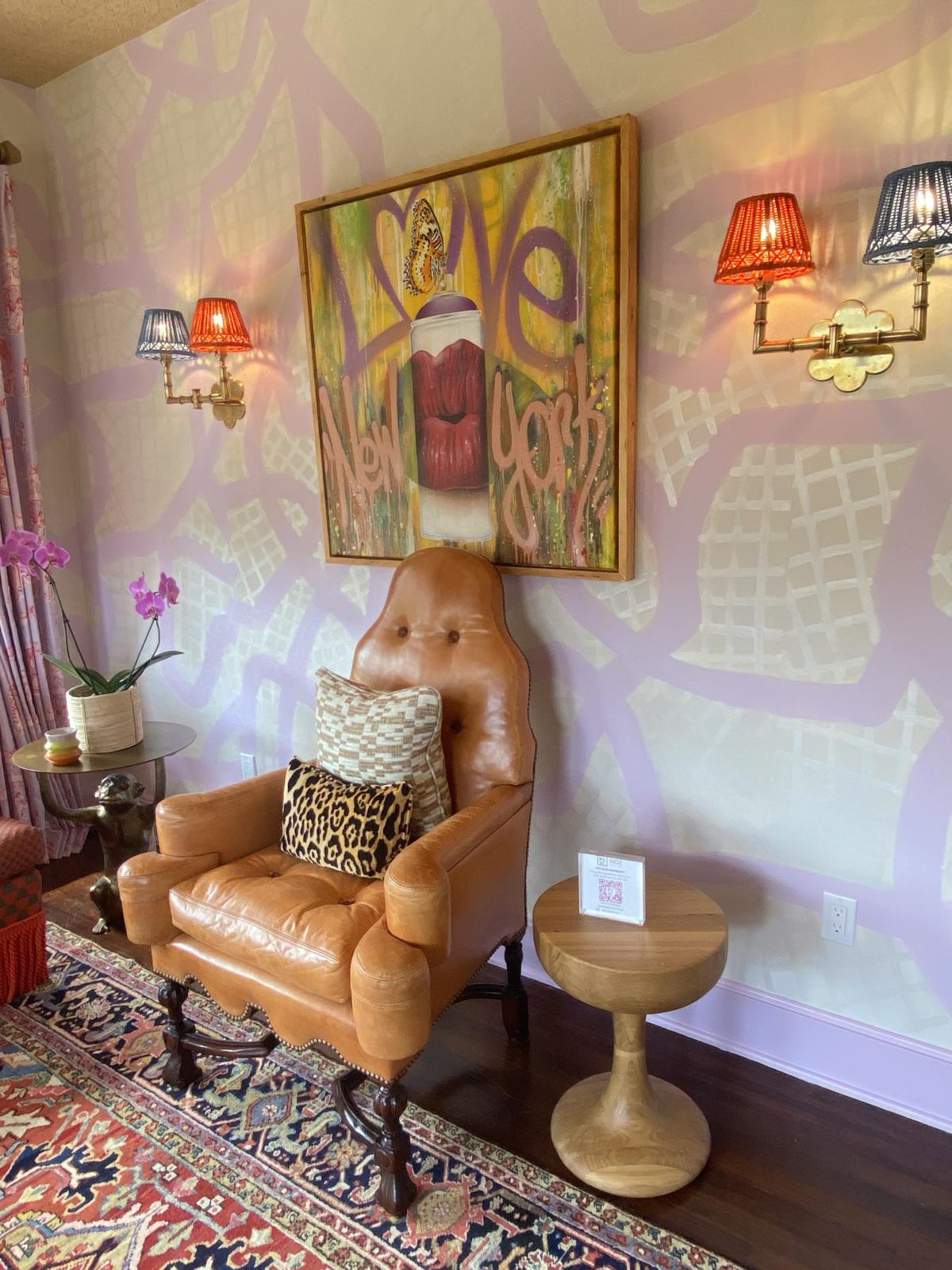
आफ्नो जीवन शैली, लक्ष्य, र क्षेत्रको आवश्यकताको सम्बन्धमा तपाईसँग भएको ठाउँलाई प्रभावकारी रूपमा सजाउने पहिलो चरणको रूपमा विचार गर्नुहोस्। ठाउँ हाल कसरी प्रयोग गरिन्छ भनेर मूल्याङ्कन गरेर सुरु गर्नुहोस्, कम प्रयोग वा अव्यवस्थित क्षेत्रहरू पहिचान गर्दै। ठाउँले कसरी राम्रो काम गर्छ भनेर निर्धारण गर्न, क्षेत्रको लेआउट, प्राकृतिक प्रकाश, र आन्दोलनको प्राकृतिक प्रवाहलाई विचार गर्नुहोस्। तपाईं कसरी भण्डारण वा सजावट थपेर क्षेत्रको उपयोगिता र अपील सुधार गर्न सक्नुहुन्छ भन्ने बारे सोच्नुहोस्।
अनदेखी र कम प्रयोग गरिएका क्षेत्रहरू प्रयोग गर्नुहोस्
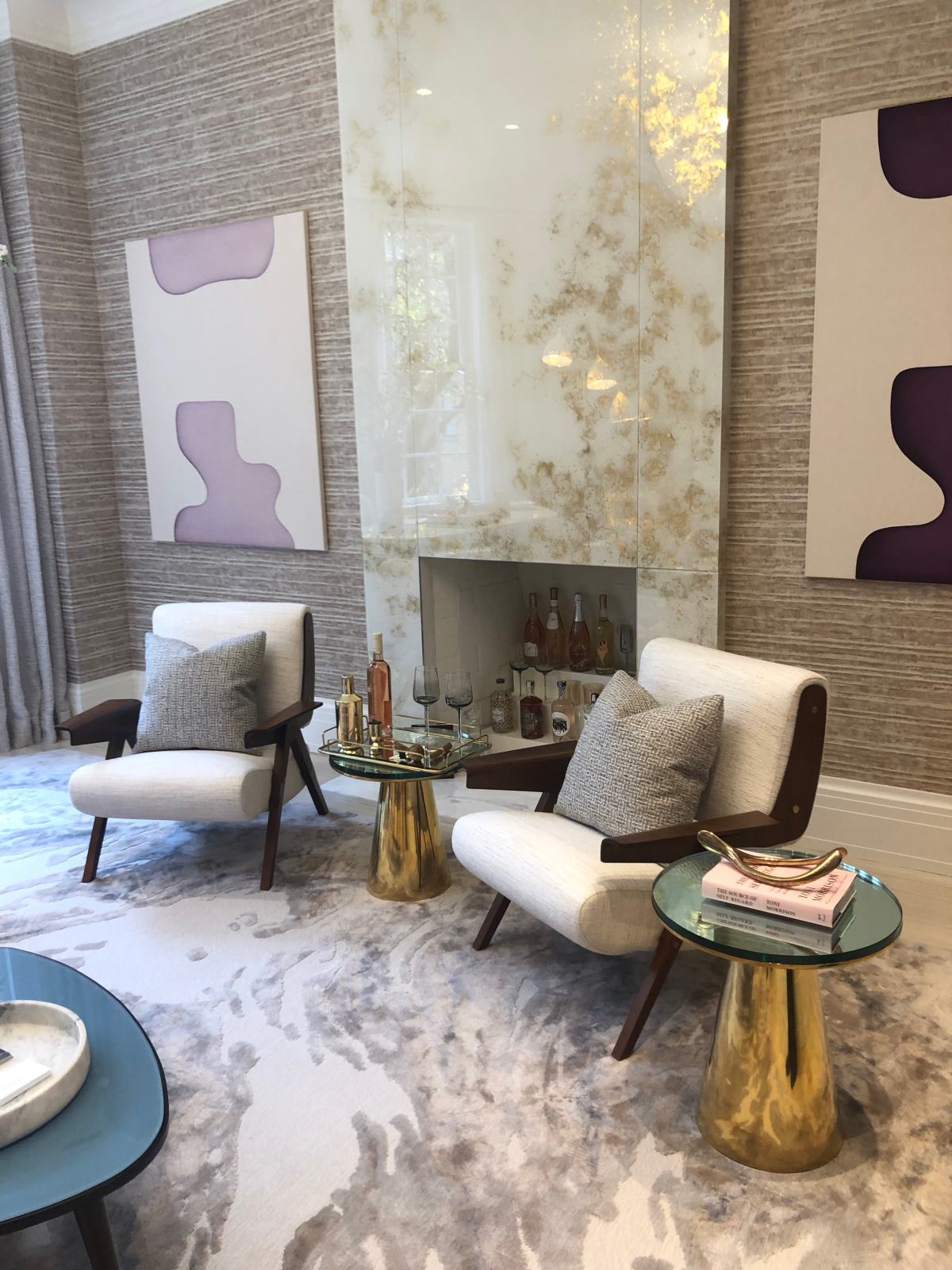
In limited or small spaces, making use of all available space is critical, even if it means taking advantage of awkward corners or other underutilized areas. Thinking creatively allows you to see how to maximize the space’s potential while not making it appear overcrowded.
Corners, under furniture, and vertical wall space are ideal places to add storage or decor that will improve the appearance and functionality of your space. For example, the space beneath the bed can be used for storage containers, whereas vertical walls can be used for storage shelves, wall art, and other decorative items. With over-the-door hooks, even the backs of doors can be useful storage space for towels, bags, and outerwear.
भण्डारण नुक्सको साथ एकीकृत सिट
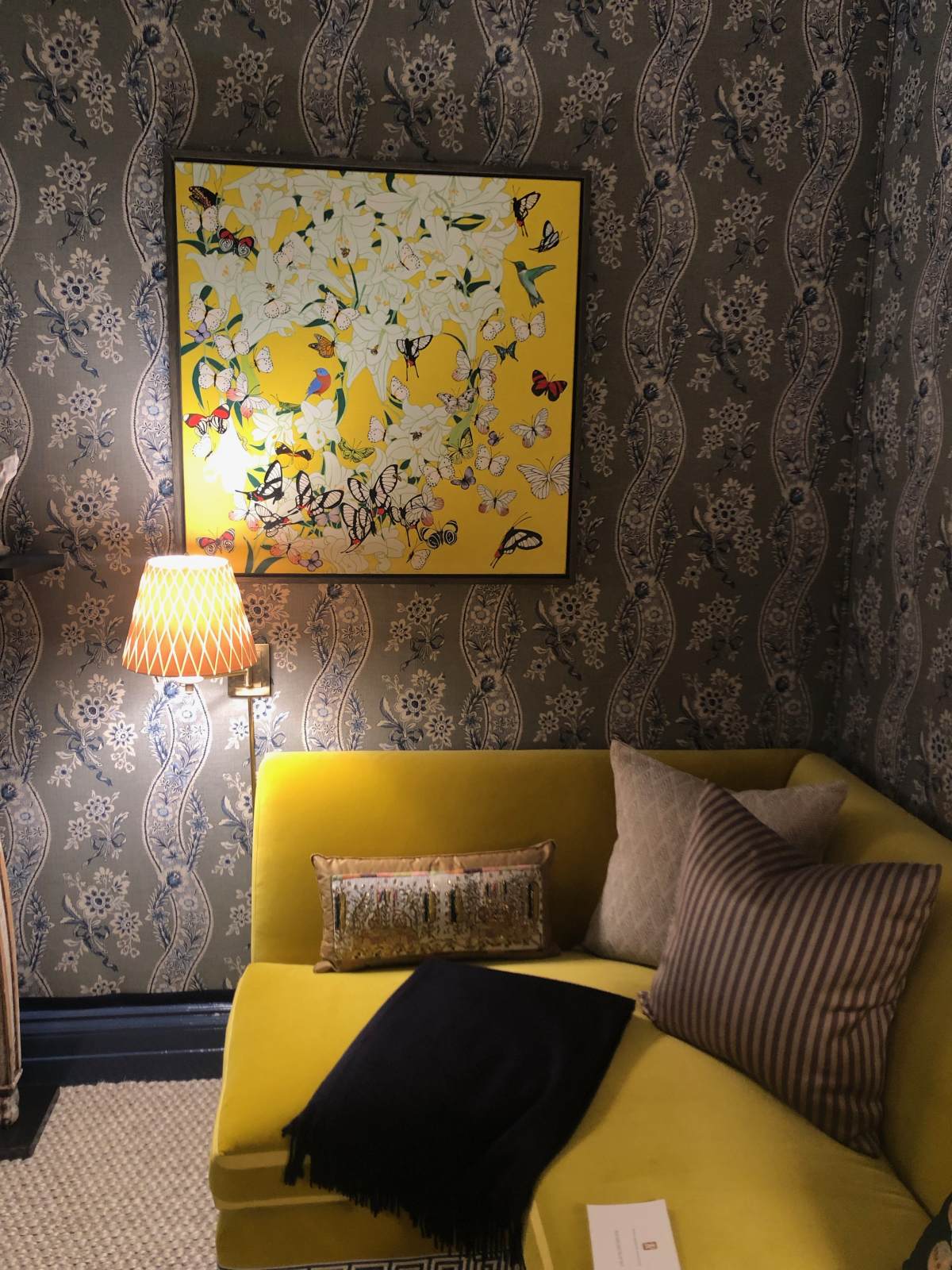
कम प्रयोग नभएका ठाउँहरूमा सिटहरू एकीकृत गर्नु साना ठाउँहरूको लागि एक स्मार्ट र स्टाइलिश समाधान हो, आराम र व्यावहारिकता संयोजन। खाडी झ्यालहरू, कुनाहरू, वा पर्खालहरू जस्तै अप्रयुक्त क्षेत्रहरूमा सिट समावेश गरेर, तपाईंले तिनीहरूलाई सामाजिक र आरामको लागि खाली ठाउँहरूमा परिणत गर्नुहुनेछ। बोनसको रूपमा, तपाईं अतिरिक्त वस्तुहरू जस्तै मौसमी सजावट वा अव्यवस्था कम गर्न मद्दतको लागि सिजनको बाहिरी लुगाहरूका लागि ठाउँ प्रदान गर्न सिटिङको मुनि भण्डारण लुकाउन सक्नुहुन्छ।
यो दोहोरो दृष्टिकोणले ठाउँ मात्र बचत गर्दैन, तर यसले कोठाको सौन्दर्य अपीललाई बढाउँछ र यसलाई थप अनुकूलन र विचारपूर्वक डिजाइन गरिएको महसुस गराउँछ। यो भोजन र बैठक कोठा को लागी एक राम्रो विकल्प हो, तर यो बच्चाहरु को कोठा, वयस्क बेडरूम, प्रविष्टि, र हलवे को लागी पनि काम गर्न सक्छ।
Use Furniture That is Flexible
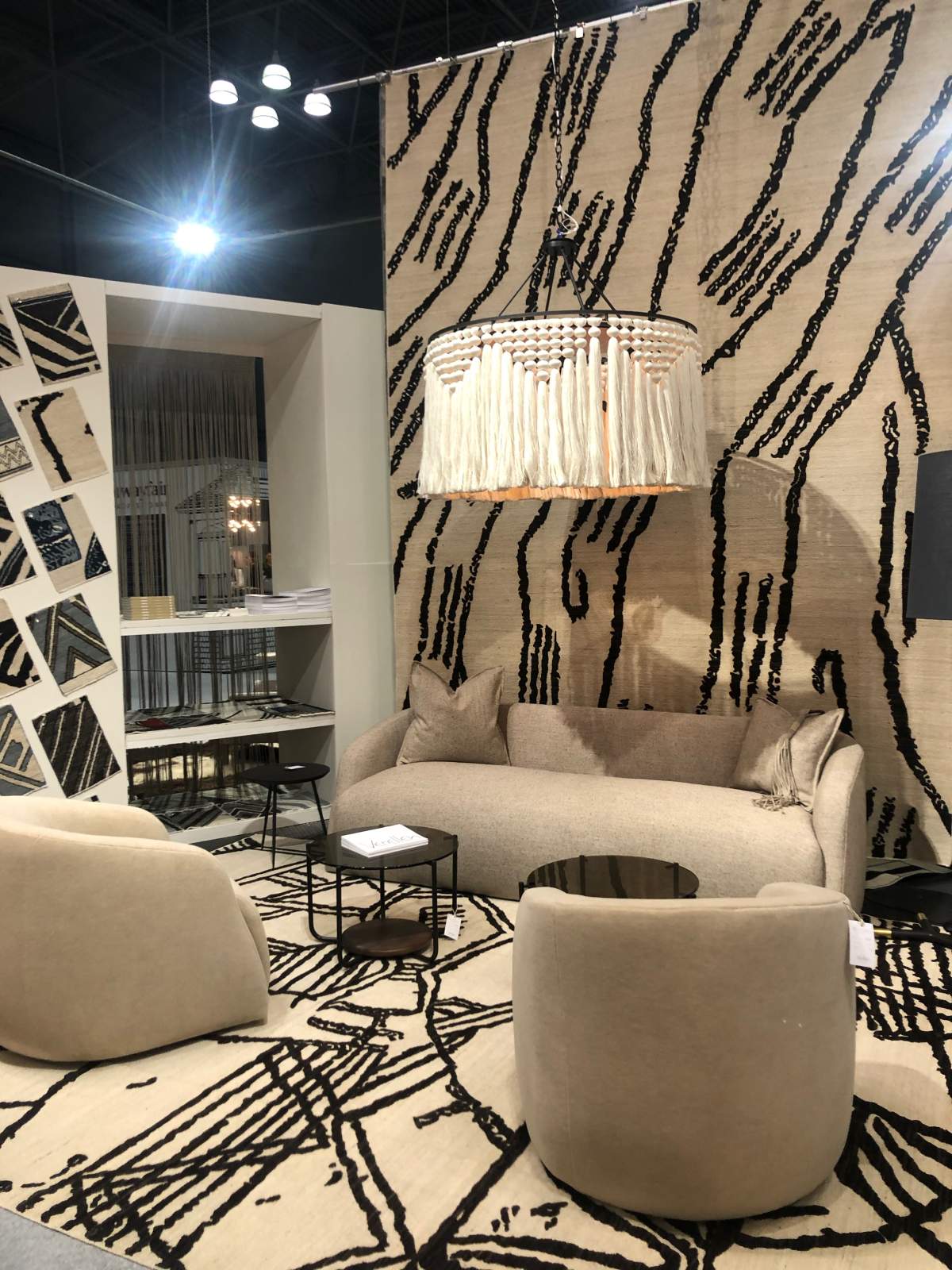
लचिलो फर्निचरले बहुमुखी प्रतिभा र लचिलोपन प्रदान गरेर सीमित ठाउँका कोठाहरूलाई रूपान्तरण गर्दछ, कोठालाई परिवर्तन गर्ने आवश्यकताहरू र कार्यहरूमा अनुकूलन गर्न अनुमति दिन्छ। एक्स्टेन्डेबल सोफाहरू, मोड्युलर सेल्फहरू, र फोल्ड गर्न मिल्ने टेबलहरूले तपाईंलाई पाहुनाहरूलाई होस्ट गर्नेदेखि लिएर तपाईंको गृह कार्यालयलाई अनुकूल बनाउनसम्म आफ्नो ठाउँ आवश्यकता अनुसार समायोजन गर्न अनुमति दिन्छ।
Look for furniture that can be easily reconfigured or stored to maximize the space’s functionality while remaining clutter-free. Consider furniture with wheels or options that are easy to move so that you can change the layout in real time.
Think Creatively About Layout
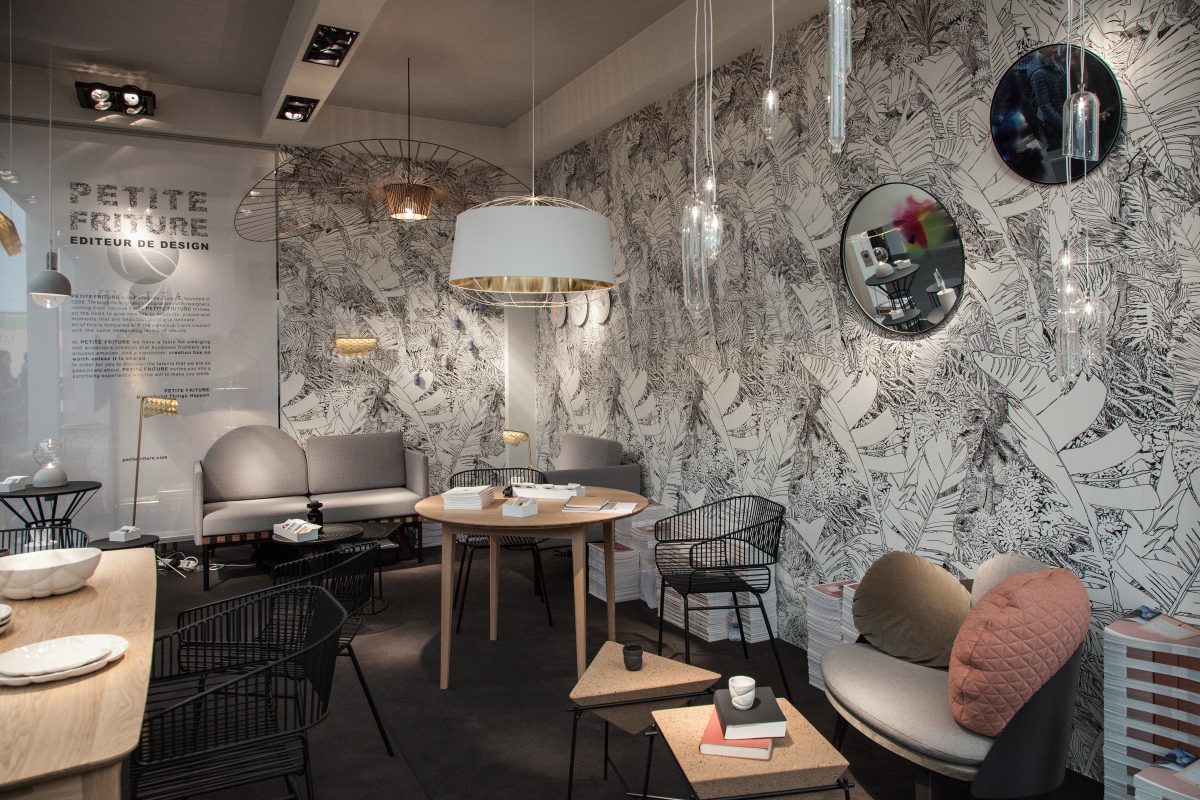
Using out-of-the-box ideas to envision your room layout is a way to dramatically improve its function and flow. Rather than sticking to traditional arrangements, consider unconventional room designs that utilize every inch of space. For example, placing furniture diagonally can create more open space and visual interest in some small rooms.
अर्को रणनीति भनेको तपाईले फर्नीचरको मुख्य टुक्राहरू, अगाडि र पछाडिको भागहरू कसरी प्रयोग गर्न सक्नुहुन्छ भन्ने बारे सोच्नु हो, कोठामा विशिष्ट क्षेत्रहरू वा क्षेत्रहरू सिर्जना गर्न जसले अझै पनि फर्नीचरको थोरै टुक्राहरू प्रयोग गर्दा यसलाई अझ जानाजानी महसुस गराउँदछ। उदाहरणका लागि, सोफाको छेउमा राखिएको डेस्क वा कन्सोल टेबललाई यसको पछाडि लुकाउन र कोठाको बीचमा राख्दा सोफालाई थप कार्यात्मक बनाउन प्रयोग गर्न सकिन्छ।
Cohesive Color Scheme
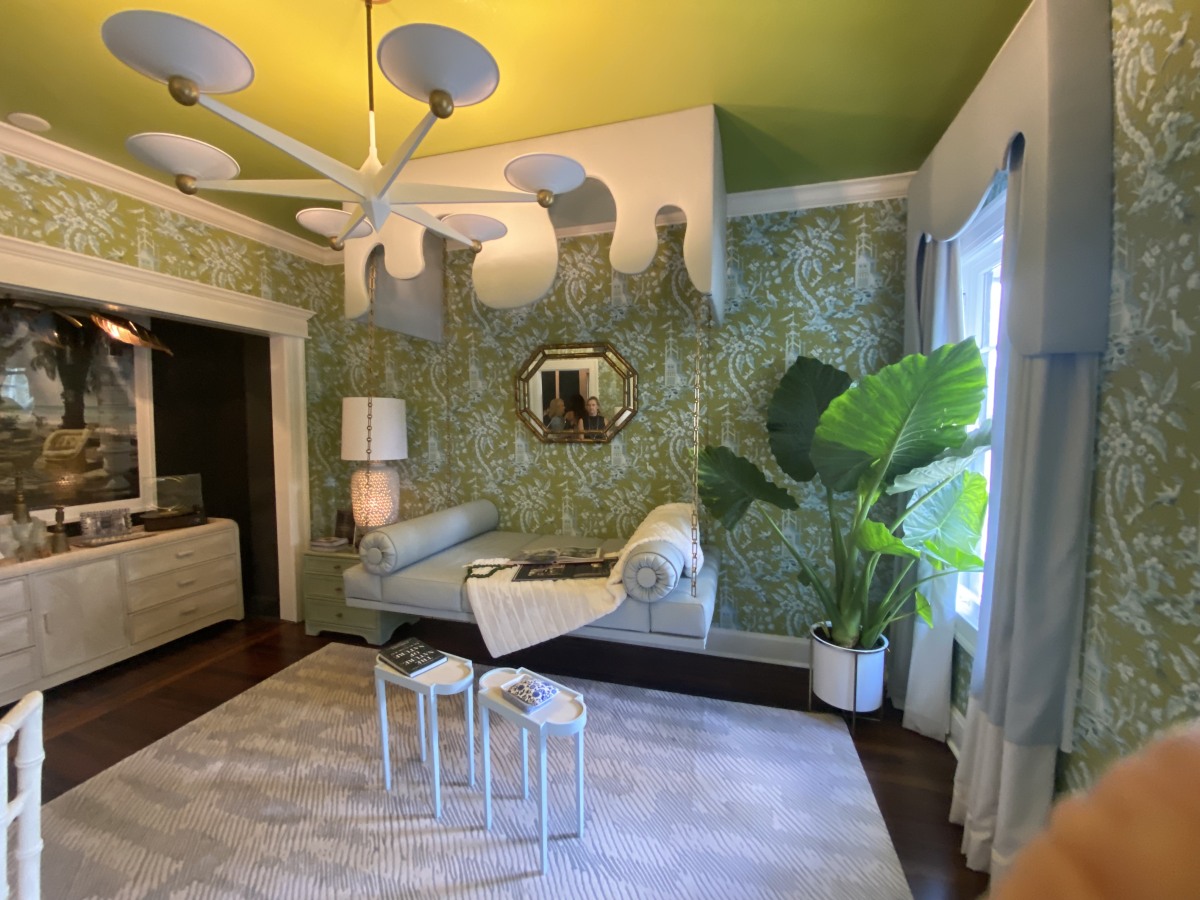
There is no right or wrong when thinking about a color choice for limited spaces, but you must understand your goals and preferences for the room. Light colors will make a small space feel airy and more spacious, while dark colors can make limited space feel cozy and sophisticated.
The best color strategy for small spaces involves using a cohesive color scheme for the entire area. This can include not just the wall color but the molding color and the color scheme of the furniture and decor. Using a cohesive and simple color scheme will make the space feel unfussy and unified.
Maxmize Reflective Surfaces
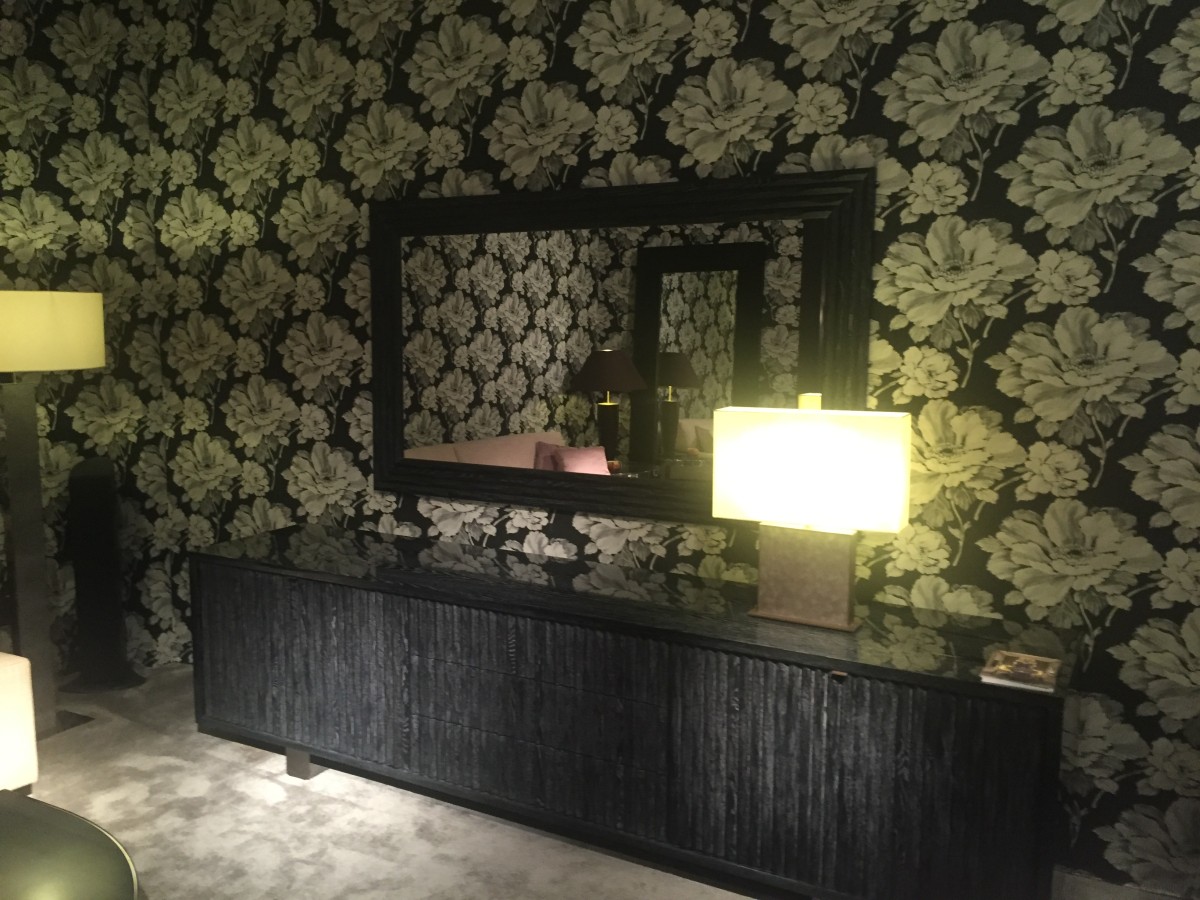
Maximizing the reflective surfaces in a given area is a common strategy for enhancing small spaces. Mirrors are among the most common tools for making a limited space feel larger. Placed strategically near windows or so that they reflect outdoor views is an excellent way to give a room more depth and natural light.
ऐनाभन्दा बाहिर, तपाईंले प्रयोग गर्न सक्नुहुने अन्य प्रतिबिम्बित सतहहरू छन्, जसमा काँच, धातु, वा चम्किलो काठ वा लाख फिनिशहरू सहितका सतहहरू छन्। ग्लॉसी टाइल प्रकाश प्रतिबिम्बित गर्न र ठाउँ थप बनावट र आयाम दिन अर्को तरिका हो।
Hidden Workspaces
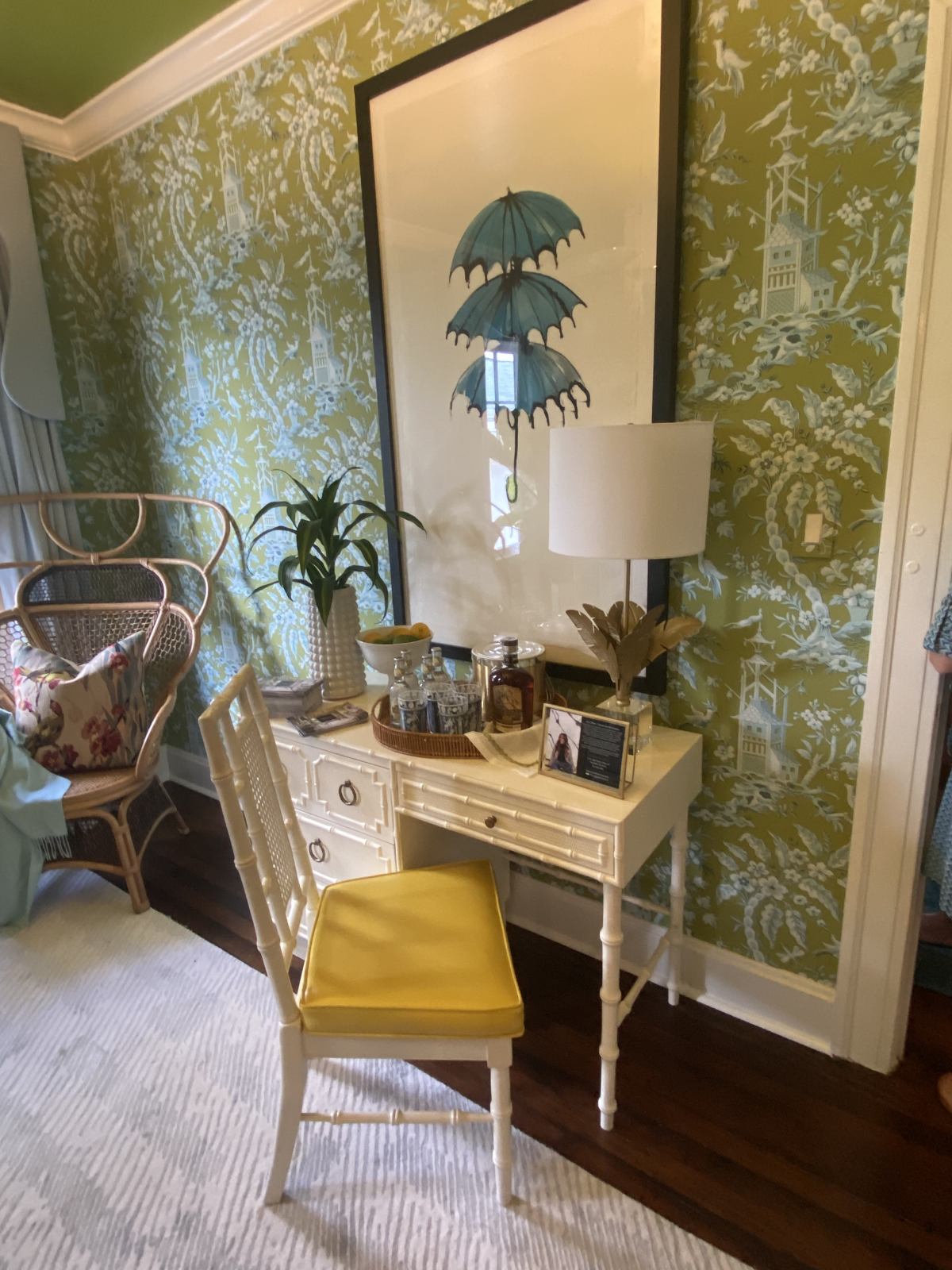
Creating a hidden workspace is a clever solution for small rooms with limited space where a dedicated separate workspace may not be practical. By designing workspaces that can be hidden away when you do not need them, you allow for a more flexible room design.
This can be achieved with fold-up desks that are part of larger shelf or cabinet designs, pull-out work stations that can be hidden in drawers, or desks that are integrated into closets. These concealed but dedicated workspaces allow for a focused environment during work hours and a clutter-free living space once the desk is cleared away.
Double-Duty Ceilings
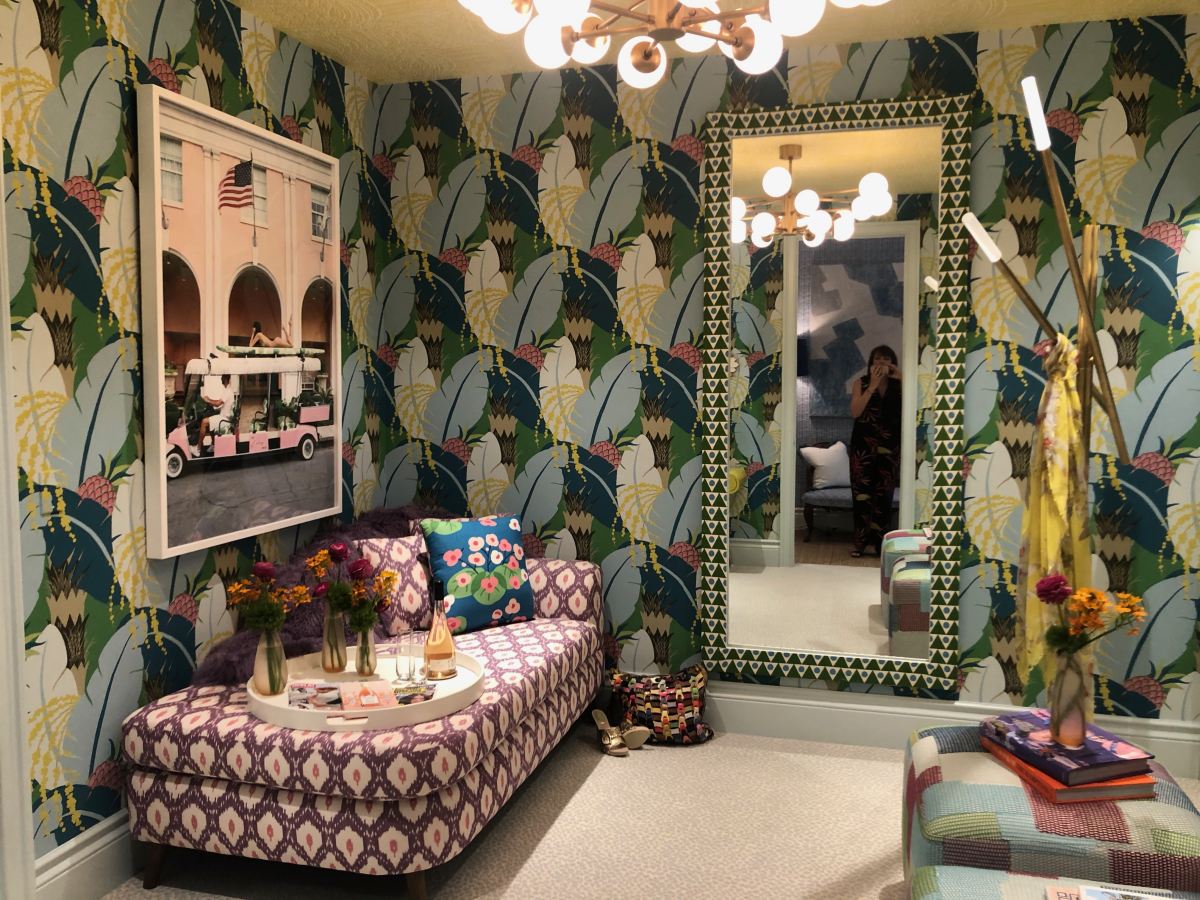
Utilizing the area of the ceiling is an effective strategy for enhancing functionality and visual interest in rooms with limited space. Ceiling-mounted elements, such as hanging storage racks, plants, and even overhead light fixtures, help to free up space on the floor and on the walls. In kitchens and entries, overhead storage units can store everything from pots and pans to coats and bags. Decorative elements like hanging light fixtures can draw the eye upward and make the room feel larger.
अर्को रणनीति छतमा बनावट वा रंग थप्नु हो। टोम्पे ल'ओइल छतले यसलाई बनावट र गहिराइ दिन सक्छ। छतमा वालपेपर वा रंग थप्दा कोठालाई थप शैली र दृश्य रुचि दिन सक्छ।
Go Clutter Free
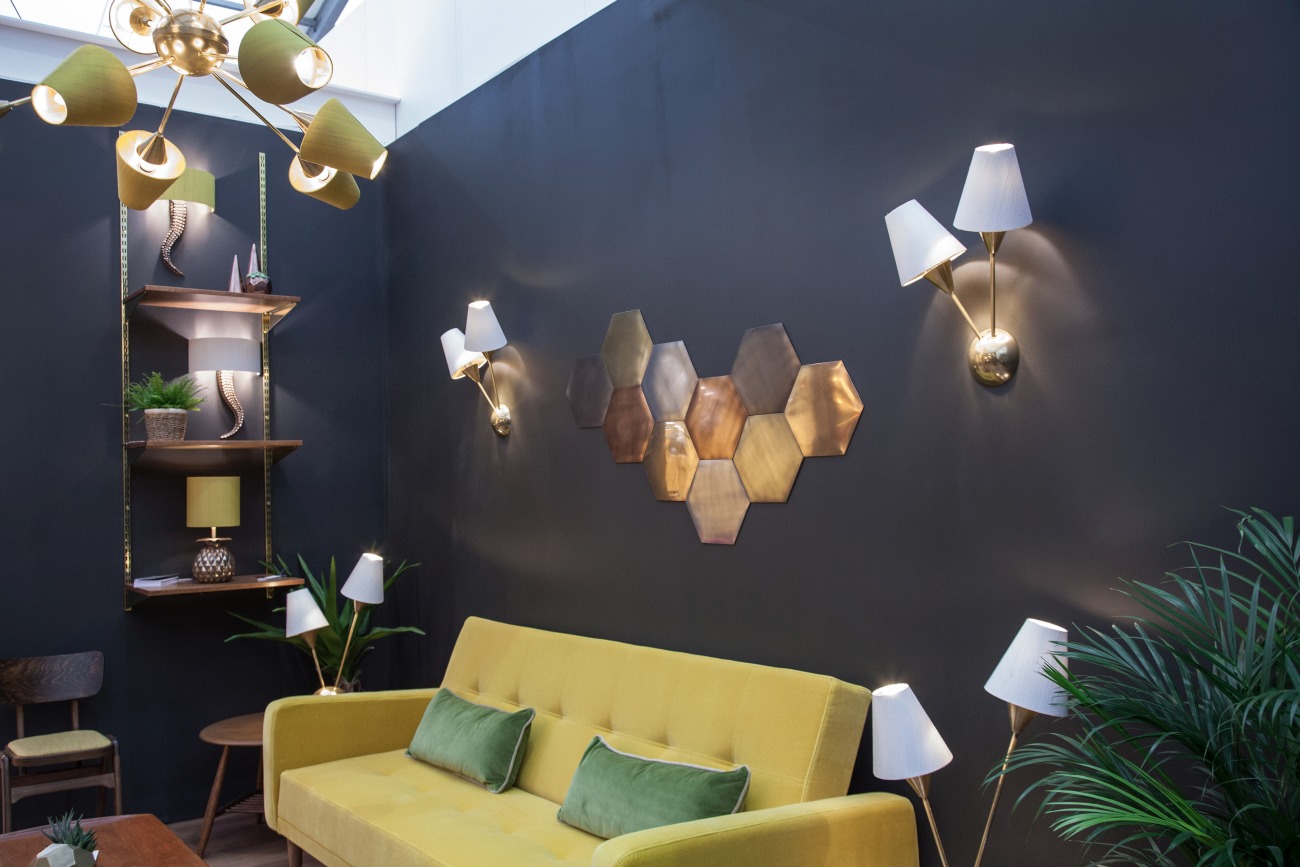
साना ठाउँहरूलाई तिनीहरूको उत्कृष्ट देखिने बनाउनको लागि अव्यवस्था-मुक्त हुनु सबैभन्दा प्रभावकारी डिजाइन विचारहरू मध्ये एक हो। यो कुनै पनि ठाउँ ठूलो र थप निर्बाध महसुस गर्न एक सजिलो तरिका हो। सीमित ठाउँमा, अव्यवस्थाले चाँडै कोठालाई ओझेलमा पार्छ, उनीहरूलाई साँघुरो र अराजक महसुस गराउँदछ।
By embracing minimalism in general, or at least ensuring that your surfaces have just a few items, you can concentrate on keeping or displaying only the items that are useful or meaningful to you. Store as much as possible in hidden and closed storage, and make the best use of baskets, boxes, and bins for items that require quick access. Maintain your clutter-free environment by cleaning and organizing on a regular basis.
Layered Lighting
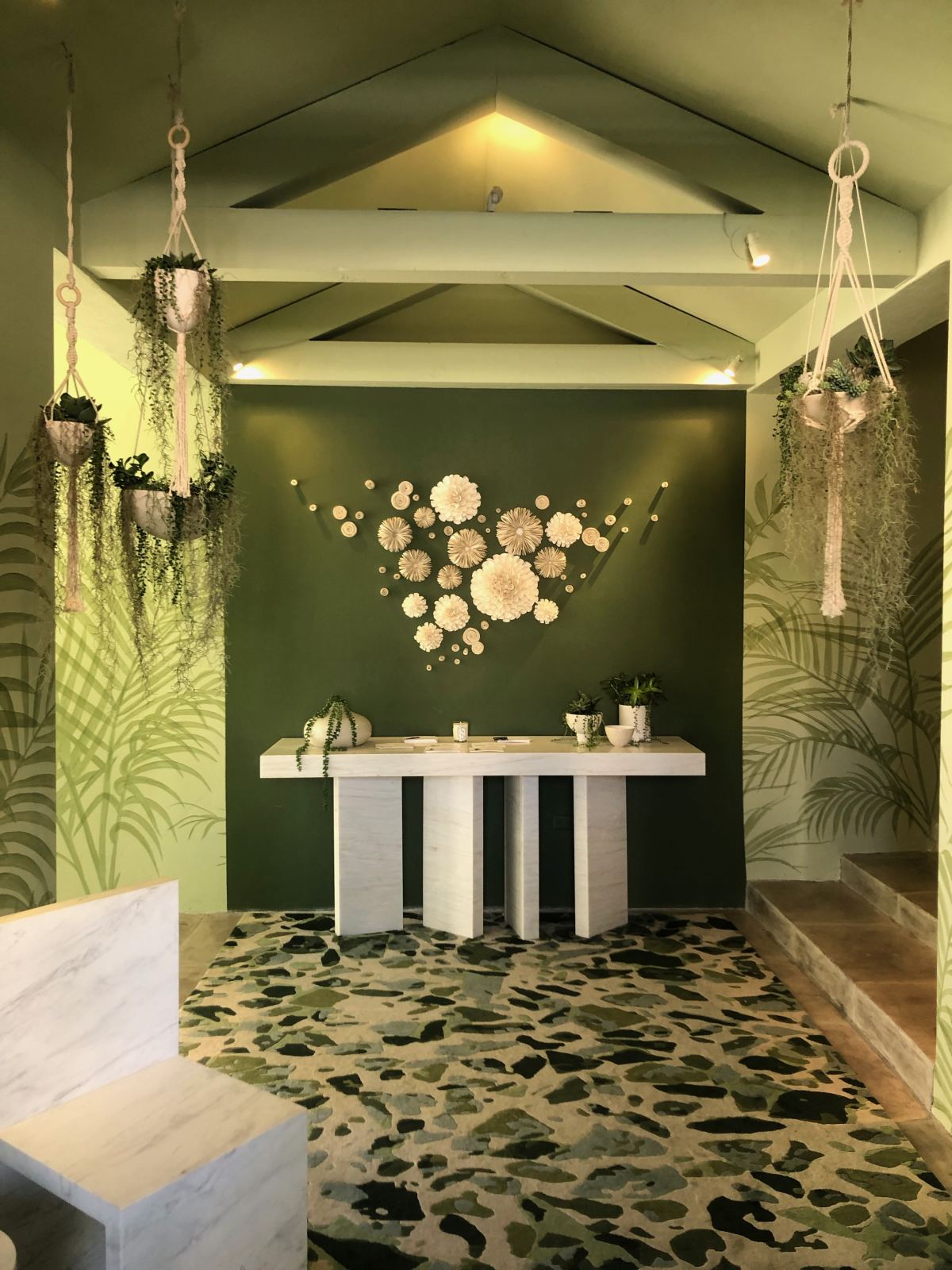
स्तरित प्रकाश कुनै पनि कोठाको लागि उत्कृष्ट डिजाइन रणनीति हो, र यो विशेष गरी सानो ठाउँको वातावरण र परिष्कार सुधार गर्न प्रभावकारी हुन सक्छ। एम्बियन्ट, टास्क र एक्सेन्ट लाइटिङ जस्ता विभिन्न प्रकारका प्रकाशहरू संयोजन गरेर, तपाईंले सानो ठाउँहरूलाई थप कार्यात्मक र बहुमुखी बनाउने प्रकाश डिजाइन सिर्जना गर्न सक्नुहुन्छ।
In limited areas, it can help to keep the light sources above ground level. Ambient lighting, such as chandeliers or flush-mount fixtures, provides general illumination, whereas task lighting illuminates specific areas, such as above a desk or under counters, for specialized tasks. Accent lighting can be especially useful in small spaces to highlight wall art or unique architectural features while taking the focus away from the small space.
यदि तपाईलाई हाम्रो पेज मन पर्यो भने आफ्ना साथीहरूसँग सेयर गर्नुहोस् & फेसबुक
